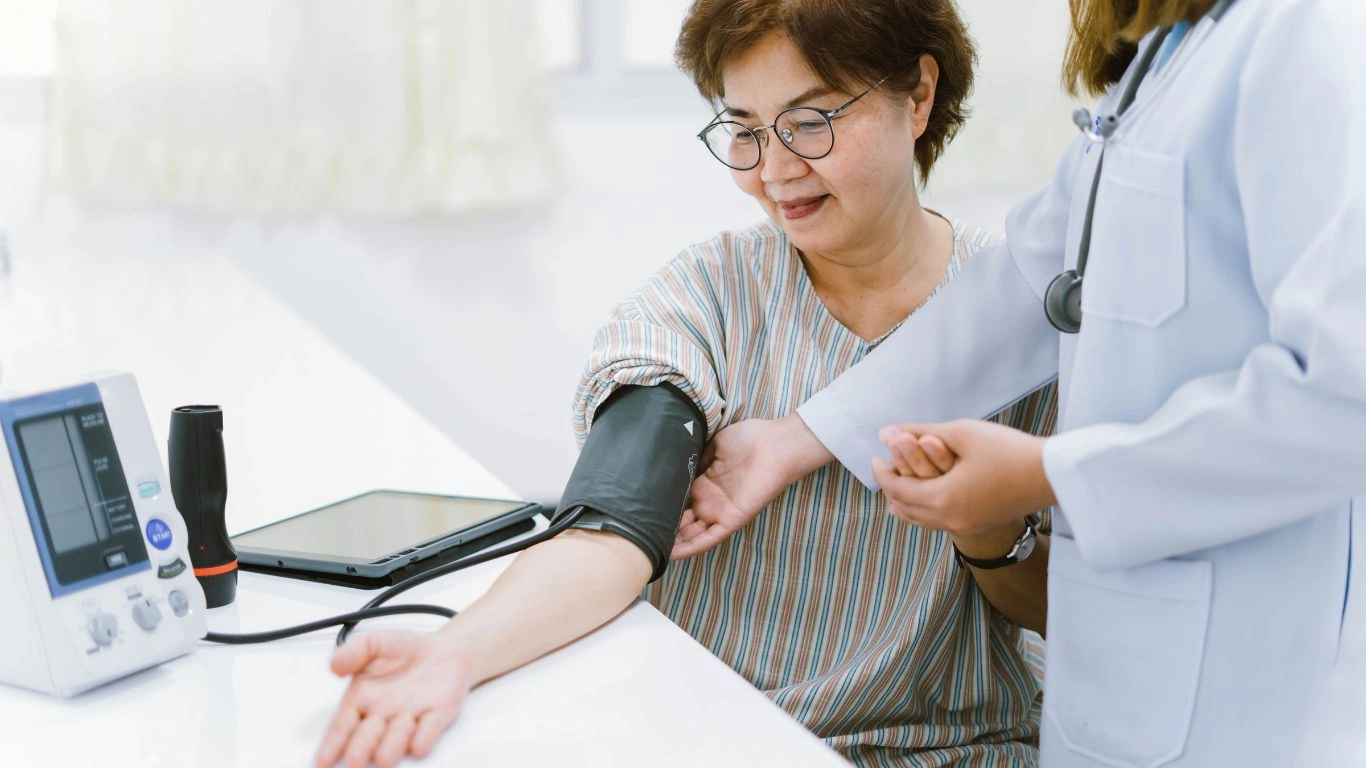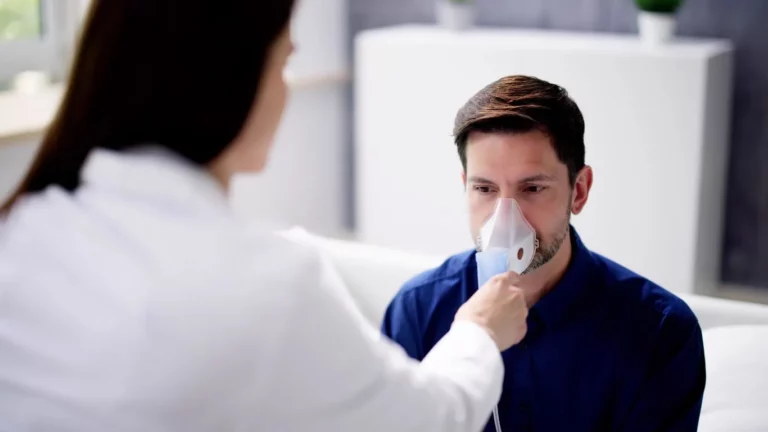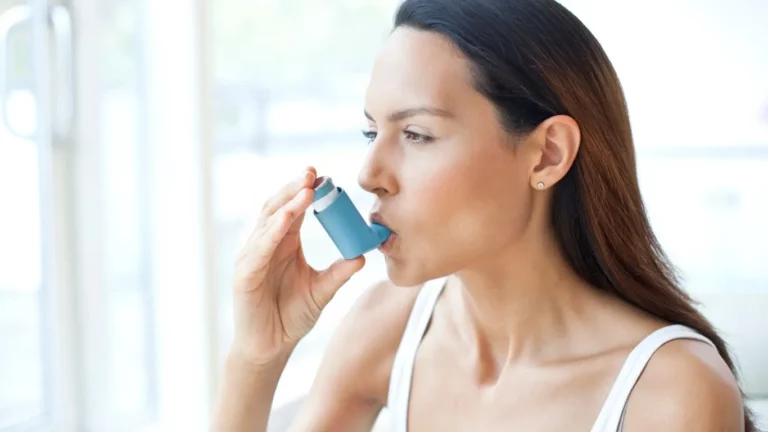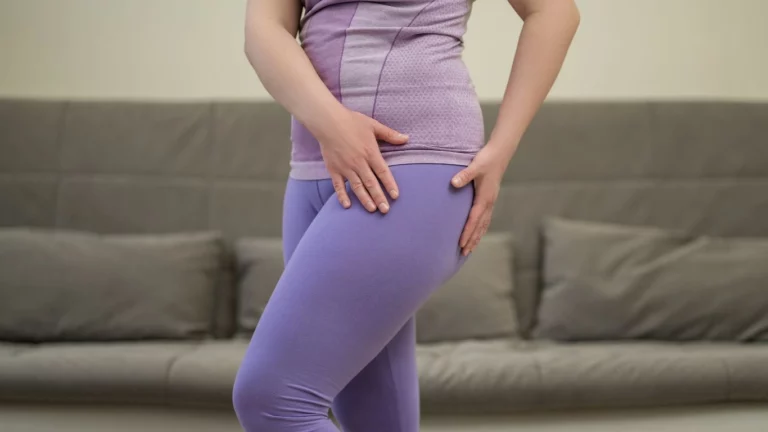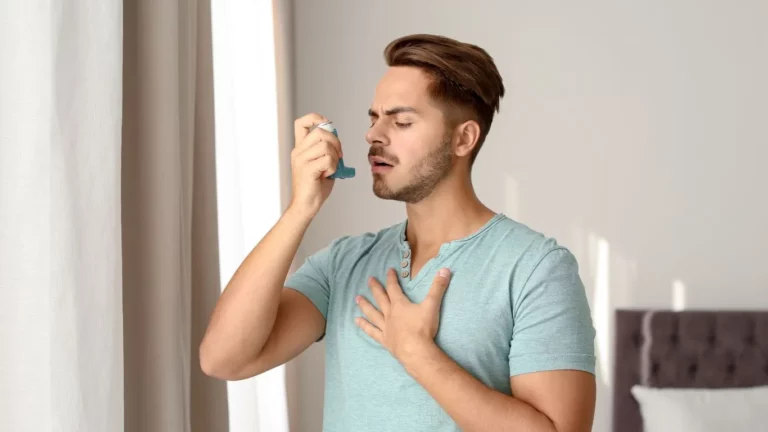Why High Blood Pressure After Hot Bath Could Be a Warning Sign
Stepping into a hot bath can feel like the perfect remedy after a long day. The warmth, the stillness, the comfort—it’s a simple pleasure. But for some people, this soothing ritual might come with an unexpected side effect: a noticeable spike in blood pressure afterward. This reaction can be confusing, especially when hot baths are often associated with relaxation and stress relief.
Understanding what’s happening in the body during and after a hot bath is key to making sense of this experience. While not always a cause for concern, it’s important to recognize the signs and know when it might be time to speak with a healthcare professional.
Signs and Symptoms
After taking a hot bath, some individuals may notice changes in how they feel. These can range from subtle to more noticeable shifts in physical state.
Common signs of elevated blood pressure after a hot bath include:
- A throbbing or pulsing sensation in the head or neck
- Feeling flushed or overheated
- Shortness of breath or chest tightness
- Dizziness or lightheadedness
- Palpitations—an awareness of a racing or irregular heartbeat
- Headache that feels different from usual
These symptoms can vary in intensity. Some people may feel slightly off, while others may feel quite uncomfortable. The timing matters too—these symptoms often begin shortly after getting out of the bath.
Causes
To understand why blood pressure might rise after a hot bath, it’s helpful to look at how the body responds to heat. Warm water affects circulation, heart rate, and how blood vessels behave.
Some potential reasons for elevated blood pressure post-bath include:
- Rapid vasodilation and rebound constriction: Hot water causes blood vessels to widen (vasodilation), lowering pressure initially. But when you get out of the bath, the body may react by constricting the vessels, which can push blood pressure higher.
- Heat stress: Prolonged exposure to high temperatures can put stress on the cardiovascular system, especially in people sensitive to temperature changes.
- Dehydration: Hot baths can lead to fluid loss through sweating, which may disrupt fluid balance and raise blood pressure in some cases.
- Sudden postural change: Standing up quickly from a bath can cause a shift in blood pressure regulation, triggering a temporary spike.
- Underlying hypertension: People who already have high blood pressure may be more likely to experience fluctuations in response to heat exposure.
These changes are not inherently dangerous for everyone, but they can be more noticeable—or risky—for individuals with certain medical conditions, such as hypertension or cardiovascular disease.
When to Get Help
Experiencing occasional discomfort after a hot bath may not be alarming. But if it happens frequently, or the symptoms are strong and persistent, it’s a good idea to consult a healthcare provider.
Consider reaching out for medical advice if you notice:
- Consistently high blood pressure readings after bathing
- Symptoms that last more than 20–30 minutes
- Difficulty breathing or chest pain
- Blurred vision or confusion
- A history of heart or blood pressure issues
These could be signs that your body is reacting more strongly than usual and may need evaluation. Doctors can help determine whether this response is a normal variation—or a sign of something more serious.
Treatment
If you regularly experience elevated blood pressure after a hot bath, there are steps you can take to minimize discomfort and support better heart health.
Helpful strategies include:
- Lowering bath temperature: Aim for warm—not hot—water. Lukewarm baths can still be relaxing without the intense heat that triggers blood pressure changes.
- Limiting bath time: Try to keep baths under 15–20 minutes to reduce the chance of heat stress or dehydration.
- Hydrating before and after: Drinking water can help maintain fluid balance and prevent blood pressure spikes from dehydration.
- Rising slowly: Take your time getting out of the tub to avoid sudden changes in blood pressure caused by posture shifts.
- Using a cool cloth: Applying a cool, damp towel to your forehead or neck can help regulate body temperature after the bath.
- Monitoring your blood pressure: Keeping track of your readings at home with a digital monitor can help identify patterns and support conversations with your doctor.
In some cases, adjusting medications or treatment plans for underlying hypertension may also help. This is something only a healthcare provider can assess, based on your overall health and risk factors.
Understanding the Body’s Response
It’s worth noting that not everyone will experience high blood pressure after a hot bath. For many people, the effect is the opposite—blood pressure may drop due to vessel relaxation. However, individual responses vary widely depending on age, health status, and how the body handles heat and circulation changes.
For people living with hypertension or cardiovascular concerns, even small shifts in blood pressure can feel more intense or carry greater significance. That’s why awareness and gentle self-monitoring can go a long way toward staying comfortable and safe.
Supporting Heart Health Holistically
Beyond bath habits, overall heart health plays a major role in how your body responds to stress and relaxation alike. Keeping blood pressure in a healthy range can reduce the likelihood of adverse reactions to heat, exercise, or other triggers.
Some heart-friendly habits include:
- Eating a balanced diet rich in vegetables, fruits, and whole grains
- Managing salt intake to reduce fluid retention
- Engaging in moderate physical activity regularly
- Limiting alcohol and avoiding tobacco
- Practicing stress management techniques like meditation or deep breathing
These lifestyle choices help support long-term cardiovascular function, which can make everyday experiences like bathing more predictable and less stressful on the body.
Final Thoughts
A hot bath should be a time of peace, not discomfort. If you notice your blood pressure climbing afterward, it doesn’t necessarily mean something is wrong—but it is your body’s way of asking for attention. With a few thoughtful adjustments and awareness of your health, you can often continue to enjoy your bath routine safely.
If questions or concerns persist, don’t hesitate to speak with a healthcare provider. Your body’s signals are worth listening to—and support is always available if you need it.

Dr. Gwenna Aazee is a board-certified Internal Medicine Physician with a special focus on hypertension management, chronic disease prevention, and patient education. With years of experience in both clinical practice and medical writing, she’s passionate about turning evidence-based medicine into accessible, actionable advice. Through her work at Healthusias.com, Dr. Aazee empowers readers to take charge of their health with confidence and clarity. Off the clock, she enjoys deep dives into nutrition research, long walks with her rescue pup, and simplifying medical jargon one article at a time.
